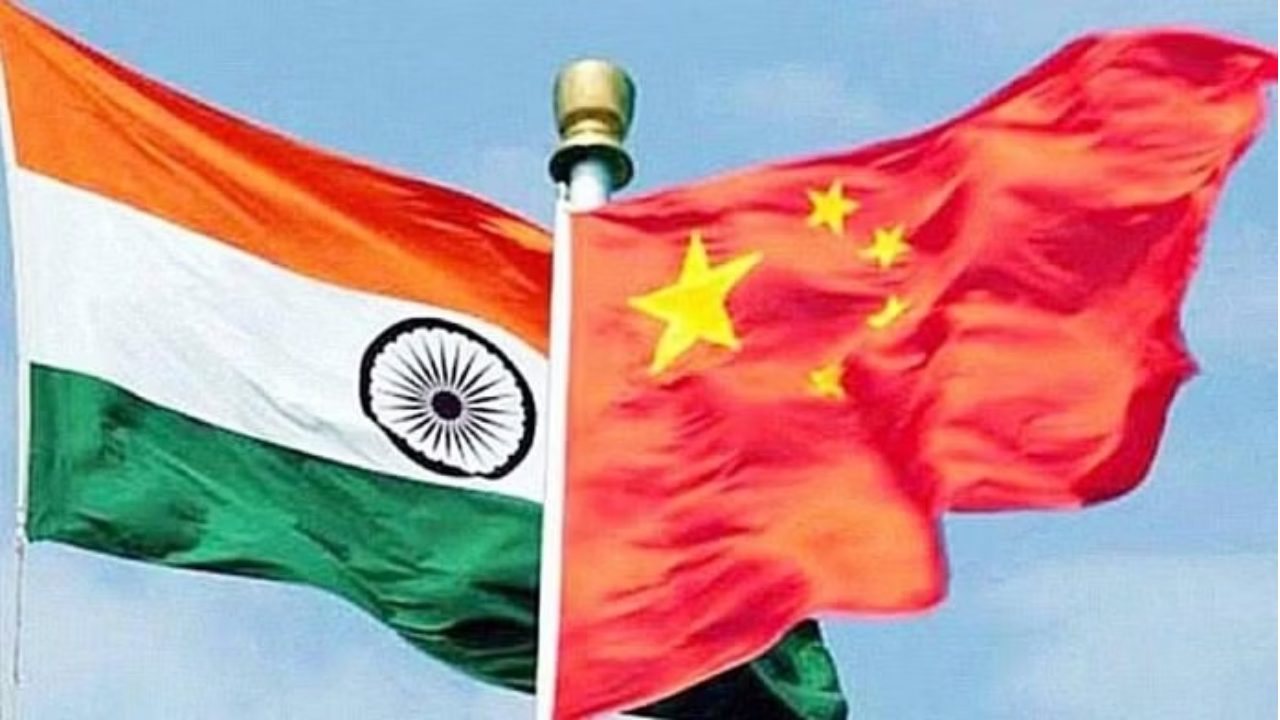Known as Panchsheel in India, these principles were a cornerstone of former Prime Minister of India Jawaharlal Nehru’s vision for global diplomacy, aiming to guide international relations with mutual respect, non-aggression, non-interference, equality, and peaceful coexistence.
In a conference, Chinese President Xi Jinping highlighted the five principles and underscored their historical significance. He credited these principles to Nehru and Chinese Premier Zhou Enlai, emphasizing their role in addressing complex boundary issues despite later geopolitical tensions.
While the Panchsheel Pact symbolizes aspirations for peaceful coexistence and mutual respect in international relations, its historical context and subsequent challenges reflect the complexities of maintaining peace and stability in a rapidly changing world order.
What is the Panchsheel Pact?
The Panchsheel Pact, also known as the five principles of peaceful coexistence, is a set of principles aimed at guiding international relations and promoting peaceful coexistence between nations. It was formally articulated in an agreement between India and China in 1954.
These principles were pivotal in the Nehruvian vision of diplomacy, emphasizing mutual respect, non-aggression, non-interference, equality, and peaceful conflict resolution.
The five principles
- Mutual respect for each other’s territorial integrity and sovereignty: Recognizing and respecting borders and national sovereignty.
- Mutual non-aggression: Avoiding the use of force or aggression in international relations.
- Non-interference in each other’s internal affairs: Respecting the sovereignty of nations by refraining from intervening in domestic policies.
- Equality and mutual benefit: Promoting cooperation based on equality and mutual benefit between nations.
- Peaceful coexistence: Resolving disputes through peaceful means like dialogue and negotiation, rather than confrontation.
Historical context and legacy
The Panchsheel Pact emerged from discussions between Nehru and Zhou, aimed at addressing the complex boundary issues.
It gained prominence in the 1950s as several Asian and African nations adopted these principles during the Bandung Conference of 1955 and through the Non-Aligned Movement.
Impact and challenges
Despite its idealistic goals, the Panchsheel Pact did not prevent the 1962 Sino-Indian War, which led to a significant loss for India and strained bilateral relations.
The aftermath marked a critical juncture in Nehru’s political career and raised questions about the efficacy of the Pact in real-world conflicts.
Modern relevance
Today, the legacy of the Panchsheel Pact continues to influence diplomatic discourse, advocating for peaceful cooperation amidst global challenges. However, contemporary geopolitical dynamics, including territorial disputes and strategic competition, underscore ongoing tensions between China and India, despite efforts to maintain dialogue and cooperation.

